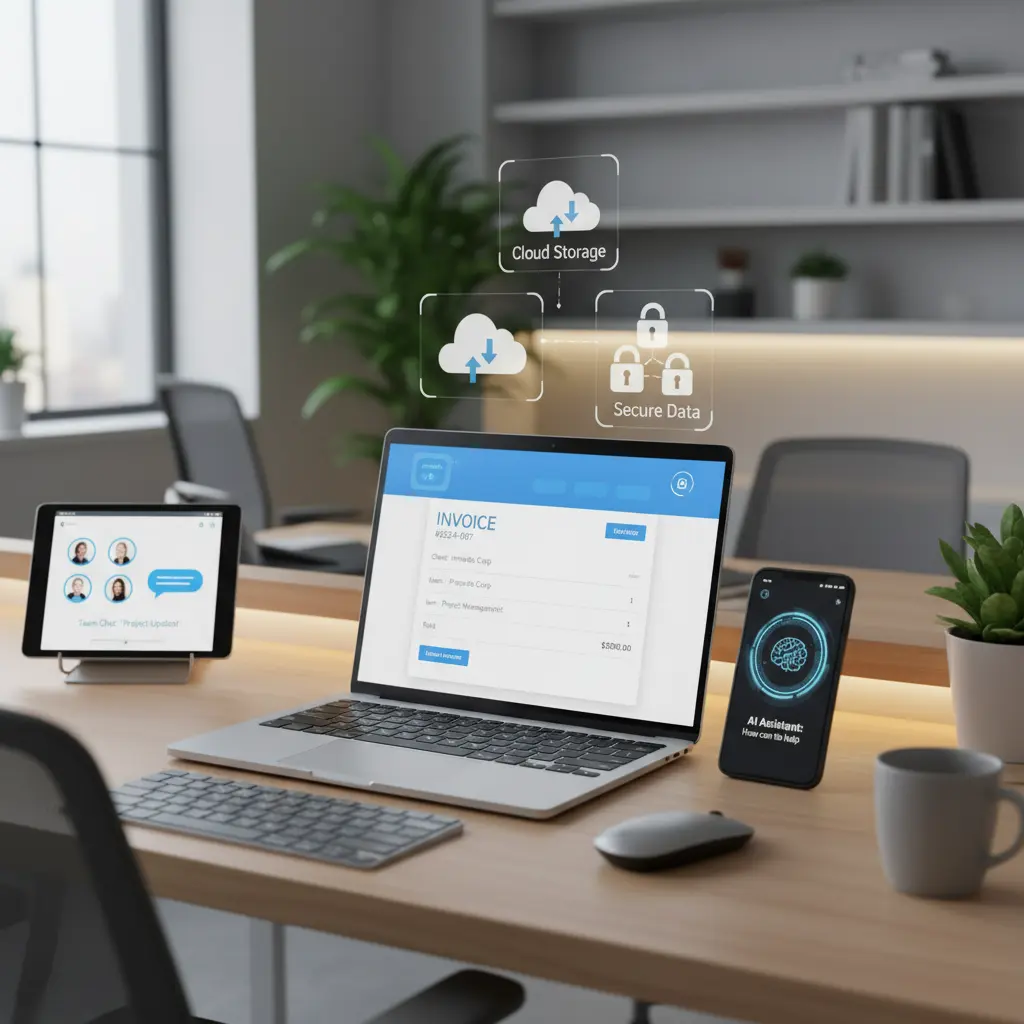
While organizations and workers have certainly benefitted from the advancement of technology, it has also introduced an unprecedented number of cybersecurity risks. Ransomware attacks, for example, hit businesses every 11 seconds in 2021.1 Therefore, if you want your business to grow and succeed, you must understand the realities of cybersecurity.
Did you know that the cost of cybercrime downtime is typically higher than a ransom?
Almost every organization will encounter cybercrime at some point. It's not a question of IF, but rather WHEN it will happen. While that reality can be alarming, there’s no need to panic. There are proactive steps you can take to protect your business and achieve peace of mind. But first, let’s discuss what you need to be aware of.
Here are some of the most serious and prevalent cyberthreats facing business owners right now:
Ransomware is malicious software that threatens to reveal sensitive data or prevent access to your files/systems until you pay a ransom payment within a set timeframe. Failure to pay on time can result in data leaks or irreversible data loss.
Phishing is a cybercrime that involves a hacker impersonating a legitimate person or organization mostly through emails or through other methods such as SMS. Malicious actors employ phishing to send links or attachments that can be used to extract login credentials or install malware.
Similarly, business email compromise (BEC) is a scam in which cybercriminals use compromised email accounts to trick victims into sending money or revealing sensitive information.
An insider threat arises from within a company. It could happen because of a current or former employee, vendor, or other business partner who has access to important corporate data and computer systems. Insider threats are hard to detect because they emerge from within and are not always intentional.
These attacks are widespread and easy to carry out. When a DoS or DDoS attack occurs, hackers flood the targeted system with repeated data requests, forcing it to slow down, crash or shut down.
If you are still unsure whether you should be concerned about these sophisticated threats or not, the following statistics may help you make up your mind:
Now that you know what types of cyberthreats to look out for, let’s take a look at some measures you can put in place to protect your business against cybercrimes.
Strict password policies and the use of proper password management solutions can help improve your organization's overall password hygiene. It is, in a way, the first line of protection against cybercriminals.
To combat the current threat landscape, strong identity controls that go beyond traditional username-password authentication are required. Consider using Multifactor authentication, which includes features such as one-time passwords (OTPs) and security questions.
This process aids in the detection, estimation and prioritization of risks to an organization's people, assets and operations.
To avoid a security breach, you should set up a corporate VPN that encrypts all your connections. Make sure your employees test it in their respective locations to avoid any hassles.
When disaster hits, a solid business continuity strategy ensures that mission-critical operations continue uninterrupted and that IT systems, software and applications remain accessible and recoverable.
Continuous security training empowers your employees to recognize complex cyberthreats and take appropriate action, resulting in a transformative security culture within your organization.
If you’re ready to strengthen your cybersecurity posture but aren’t sure where to start, don’t worry. We can help your company build a digital fortress of protection solutions. Contact us today to schedule a free consultation.
Sources:


